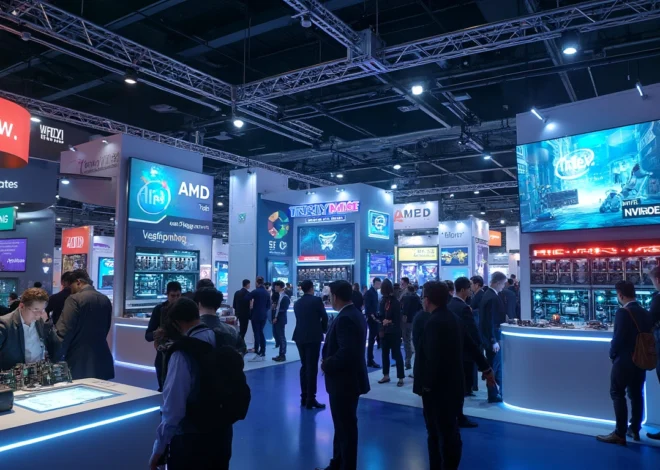
Microsoft Cuts 7000 Jobs in Strategic AI-Driven Transformation Initiative
Microsoft’s recent workforce reduction of 6,000-7,000 employees marks a significant shift in the company’s strategic direction, with CEO Satya Nadella emphasizing the move as part of an AI-driven restructuring rather than performance-based cuts. This strategic realignment affects approximately 3% of Microsoft’s global workforce and spans multiple departments, including engineering, product development, and marketing, as the tech giant positions itself for an AI-centric future.
Table of Contents
Key Takeaways:
- Microsoft’s layoffs impact 6,000-7,000 employees across various departments, representing 3% of its workforce
- The restructuring aims to streamline operations and increase the engineer-to-manager ratio from 5.5:1 to 10:1
- Over 2,000 software engineering positions were eliminated in Washington state alone
- The company is focusing on automating routine tasks and reducing management layers
- This move aligns with Microsoft’s strategic AI investments and future technology goals
Understanding the Scale and Scope
The latest round of layoffs represents Microsoft’s second-largest job reduction following the 10,000 positions eliminated in 2023. The cuts target various roles across the organization, with a particular focus on middle management and non-technical positions. This strategic shift mirrors the broader AI revolution in tech, as companies adapt their workforce structures to accommodate new technological capabilities.
Strategic Realignment and AI Focus
Microsoft’s restructuring reflects a calculated move to optimize operational efficiency while deepening its AI investments. The company is actively working to remove unnecessary management layers and automate routine tasks, allowing teams to focus on higher-value work. Similar to other tech giants investing heavily in AI, Microsoft is reshaping its organizational structure to better compete in the rapidly evolving tech landscape.

Impact on the Workforce
The restructuring has affected employees across various levels, including some long-term staff members. Notable among the departures was Gabriela de Queiroz, Director of AI at Microsoft for Startups. The selection process for layoffs included algorithmic decision-making, which led to the departure of several veteran employees, including a 25-year company veteran.
Future Vision and Automation
Satya Nadella’s vision for Microsoft centers on creating a leaner, more agile organization capable of rapid innovation in the AI era. The growing AI PC market and increasing demand for automated solutions have influenced this strategic direction. For those looking to stay ahead in this evolving landscape, platforms like Latenode offer valuable automation tools for businesses adapting to these changes.
Operational Transformation
The restructuring aims to create more efficient workflows by increasing the span of control, particularly in critical areas like the security division. This transformation involves careful consideration of team structures and management layers to ensure optimal performance while maintaining innovation capabilities.


